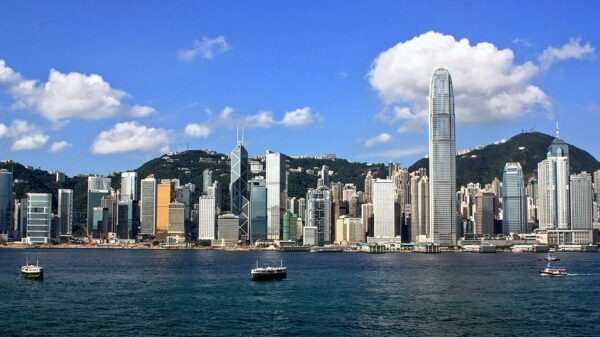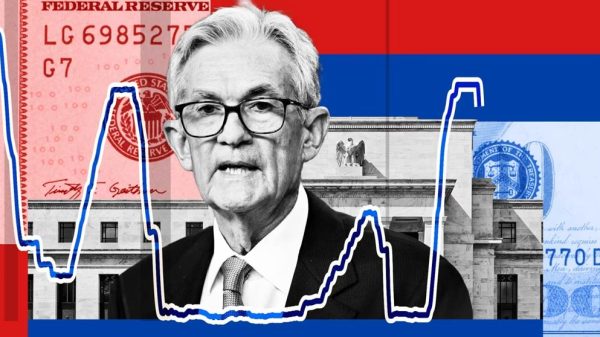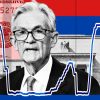The first force is U.S.-China relations, which continue to dominate geopolitical and economic conversations. Tensions between the two superpowers, particularly around trade and technology, have long-term implications for global markets.
The second force is internal political conflicts within countries. Dalio notes that growing divisions within nations are creating challenges for governance, policy implementation, and economic stability. These conflicts often reflect deeper societal rifts that make it difficult for countries to maintain economic cohesion.
Technological advancements are the third force reshaping industries and economies. Innovation is a double-edged sword, offering both tremendous potential for growth and disruption for existing business models and labor markets.
The fourth force is debt and fiscal policies. Governments around the world have increased borrowing in recent years, and how they manage this debt will play a crucial role in the stability of economies. Missteps in policy or overleveraging could lead to significant financial crises.
Finally, climate change has emerged as a fifth force that is now impossible to ignore. As environmental challenges intensify, economies must adapt, and businesses are increasingly pressured to incorporate sustainable practices into their operations.
Dalio emphasized that these forces are deeply interconnected, often reinforcing one another, making it essential for leaders and policymakers to navigate them wisely to ensure long-term economic stability.











